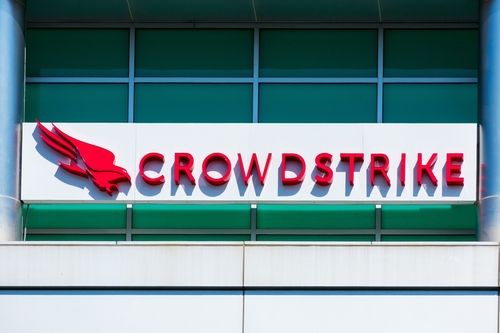BREAKINGVIEWS-AI and fiber bust parallel is partly hallucinated

The author is a Reuters Breakingviews columnist. The opinions expressed are his own.
By Robert Cyran
NEW YORK, Jan 28 (Reuters Breakingviews) - The qualitative parallels between Monday’s artificial intelligence bust and the one that hit wildly free-spending telecommunications firms some 25 years ago are uncanny. The quantitative resemblance is mostly hallucinated.
Chinese startup DeepSeek claims to be able to train and run its cutting-edge AI model at a fraction of the cost of U.S. companies like OpenAI. That confounds conventional wisdom that brute-force investment in computing power – and, to feed it, chips, data centers and energy - was the most reliable method. This parsimony slammed the valuations of companies benefitting from rising capital expenditures. Chipmaker Nvidia NVDA.O lost nearly $600 billion in market value, the largest one-day wipeout ever. The pain extended from cooling specialist Vertiv VRT.N to nuclear power provider Constellation Energy CEG.O.
Grizzled investors might have reason to fear that it’s 2000 all over again. Back then, telecom providers had gone on a splurge, laying reams of fiber-optic cable to transmit data, bidding up rights to transmit over airwaves and acquiring rivals. Companies borrowed about $2 trillion globally in the five years prior to 2001, according to Thomson Reuters data.
That bubble popped. Valuation multiples had grown much faster than revenue; vendors propped up demand by offering financing to buyers. As threatens to happen now, though, the biggest hit came from technological innovations with hard-to-parse names like DOCSIS, VDSL and WDM, which vastly improved the efficiency of existing infrastructure. Prices cratered and losses ballooned. The five biggest telecom equipment firms – names like Nortel Networks, Cisco Systems CSCO.O and JDS Uniphase – were worth around $1 trillion, collectively, equal to nearly $1.9 trillion in today’s dollars. They lost 90% in value in a little over a year. Heavily indebted builders like Global Crossing blew up.
While that sounds grim, any damage this time will be more manageable. Private-sector tech investment has increased for decades, but there has been no sudden spike like in the late 1990s, when spending as a percentage of GDP jumped by nearly a third in five years.
Firms driving investment now are stronger. Sure, OpenAI’s $157 billion valuation could teeter. But giant companies like $3.3 trillion Microsoft MSFT.O and $1.7 trillion Meta Platforms META.O are the real movers. They have not piled on leverage like fiber builders did. Microsoft’s credit rating is a rare AAA. The full implications of DeepSeek's breakthroughs are also still unclear: Nvidia shares regained some ground on Tuesday.
There’s also an upside from the last crash to consider. Yesterday’s bloated investment helped create today’s tech giants. Firms like Alphabet GOOGL.O and Amazon.com AMZN.O thrived as internet connections became cheaper. If the same happens to AI, companies that use it to make more compelling products, whether existing titans or startups, will be big winners.
Follow @rob_cyran on X
CONTEXT NEWS
Nvidia, the U.S. maker of chips seen as crucial for powering artificial intelligence, lost nearly $600 billion of market capitalization on Jan. 27 after Chinese startup DeepSeek released a cutting-edge AI model the previous week.
DeepSeek’s R-1 Zero appears to perform about as well as models from ChatGPT-maker OpenAI and Facebook parent Meta Platforms. However, its developer claims that it is dramatically cheaper to train and use. DeepSeek says final training costs for the model that powers R-1 Zero were less than $6 million.





